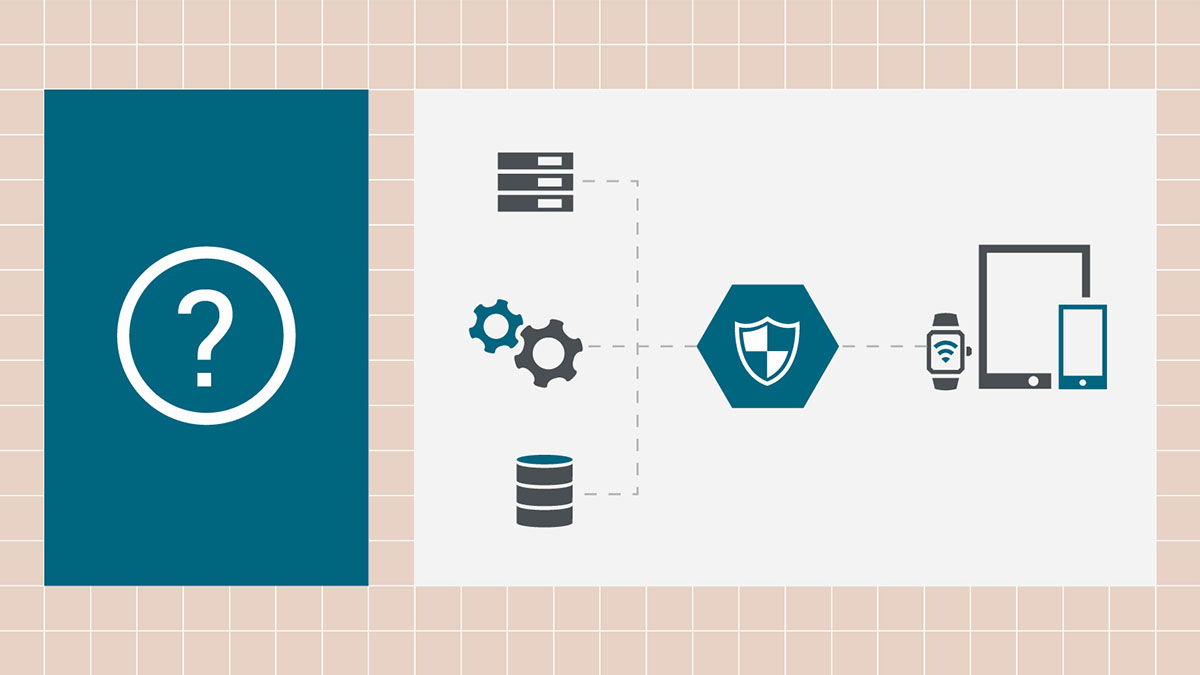
In today’s API-driven world, API proxies are often central to discussions around API management. Positioned between an API and applications, an API proxy acts as a conduit, overseeing and managing interactions to enable smooth and secure communication.
The Core Purpose of an API Proxy
An API proxy’s primary function is to ensure that communications are both secure and efficient. Serving as a checkpoint, it verifies the use of correct credentials, enforces security protocols, and monitors activities to capture errors, bottlenecks, and potential threats.
How API Proxies Work
When a client makes a request, the API proxy intercepts it and performs various checks. These include security verifications, traffic management, and data transformations. Once these processes are complete, the proxy forwards the request to the API’s backend. After the backend processes the request, the proxy might perform additional steps—such as logging, further data transformations, or error handling—before sending the final response back to the client, completing the API interaction.
Related: Understanding the Differences Between an API Proxy and an API Gateway
Benefits and Limitations of API Proxies
API proxies are a foundational element for many API governance frameworks, acting as a gatekeeper to enforce standards. Through centralized monitoring, providers gain enhanced visibility into performance and issues, allowing for faster troubleshooting and better resource management. However, API proxies do have their downsides. They add an extra layer of processing, potentially slowing down API performance, and can create a single point of failure, where any downtime in the proxy disrupts the API ecosystem.
Axway’s Unique Approach to API Management
While many API management solutions depend on proxies, Axway’s approach is different. We offer a genuinely universal, non-intrusive API management solution that avoids the need for proxies. With Axway, automated API discovery, consumption, subscription, and onboarding are possible without added layers or facades.
Instead of acting as intermediaries, our Amplify Agents work alongside your existing API gateways—such as Amazon, Azure, MuleSoft, Apigee, Istio, and Kong, as well as unmanaged APIs. This approach minimizes complexity, avoiding the additional costs, latency, and deployment time typically associated with proxy-based solutions.
Streamlined API Management with Amplify Agents
Axway’s Amplify Agents support seamless API discovery, subscription, and observability, offering a streamlined, efficient approach to Universal API Management without the complications of traditional proxy-based frameworks.
Insights Without the Overhead
In Axway’s recent survey of API decision-makers, centralized tracking and management emerged as key drivers of API adoption. While API proxies address some of these needs, they can also create performance and reliability challenges. Axway’s universal API management approach minimizes these issues, supporting lower costs, enhanced efficiency, and reduced risk while simplifying operations.
About DT Asia
DT Asia began in 2007 with a clear mission to build the market entry for various pioneering IT security solutions from the US, Europe and Israel.
Today, DT Asia is a regional, value-added distributor of cybersecurity solutions providing cutting-edge technologies to key government organisations and top private sector clients including global banks and Fortune 500 companies. We have offices and partners around the Asia Pacific to better understand the markets and deliver localised solutions.
How we help
If you need to know more about API management (API proxy), you’re in the right place, we’re here to help! DTA is Axway’s distributor, especially in Singapore and Asia, our technicians have deep experience on the product and relevant technologies you can always trust, we provide this product’s turnkey solutions, including consultation, deployment, and maintenance service.
Click here and here and here to know more: https://dtasiagroup.com/axway/










